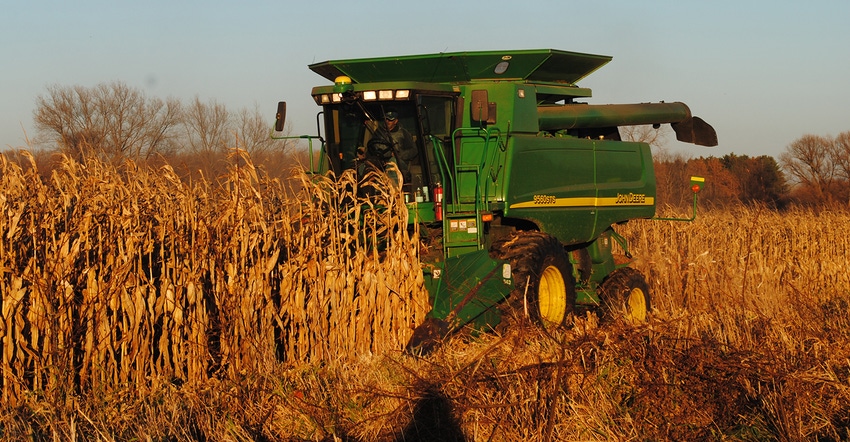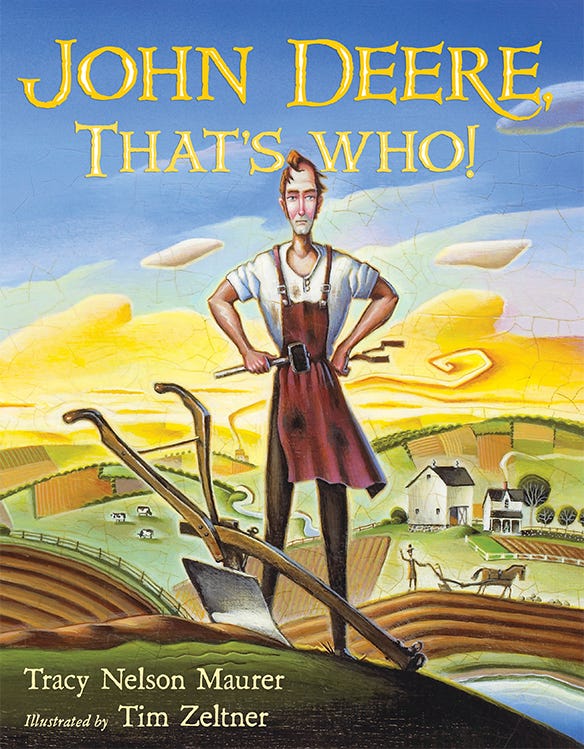October 16, 2017

“John Deere, That’s Who!” educates students about agricultural advancements in technology, efficiency and productivity. The 2018 Wisconsin Ag in the Classroom Book of the Year was written by Wisconsin native Tracy Nelson Maurer.
Each year, in conjunction with the book of the year announcement, the Ag in the Classroom program holds an essay contest for fourth- and fifth-grade students throughout the state. This year’s essay topic is “Inventions that have made agriculture great.” Accompanying lessons aligned to state standards and various Wisconsin educational resources are available online for teachers, students and volunteers to use in promoting and preparing essays.
“Technology is something that many students don’t associate with agriculture,” says Darlene Arneson, Wisconsin Ag in the Classroom coordinator. “This year’s book and essay contest will give students the opportunity to explore how technology is helping produce food, fuel and fiber, and for teachers to incorporate ag into their STEM [science, technology, engineering, math] curriculum.”
Essay submissions must be 100 to 300 words in length and will be judged on content, grammar, spelling and neatness. Find essay contest rules, lesson plans and sample classroom activities at wisagclassroom.org/whats-new. Essays are due April 2.
Nine district winners will be selected, with one being chosen as the state winner in May by the Wisconsin Farm Bureau Federation’s Promotion and Education Committee. Each district winner will receive a classroom presentation for his or her class.
The essay contest is sponsored by We Energies and the Wisconsin Farm Bureau Foundation. Last year, more than 2,800 students participated.

TEACHING TECHNOLOGY: “John Deere, That’s Who!” was written by Wisconsin native Tracy Nelson Maurer.

Questions about the book of the year or how to place an order can be directed to [email protected].
Ag in the Classroom is designed to help students in kindergarten through high school understand the importance of agriculture. It is coordinated by the Wisconsin Farm Bureau Federation in cooperation with the USDA and by a grant from the Wisconsin Department of Agriculture, Trade and Consumer Protection.
Source: WFBF
You May Also Like




